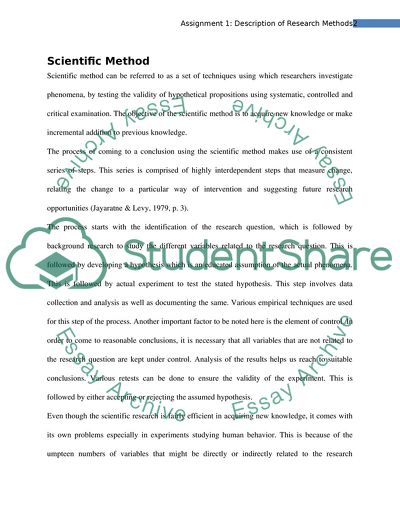Cite this document
(Research Methods for the Behavioral Sciences Paper, n.d.)
Research Methods for the Behavioral Sciences Paper. https://studentshare.org/education/1755802-description-of-research-methods-assignment-1
Research Methods for the Behavioral Sciences Paper. https://studentshare.org/education/1755802-description-of-research-methods-assignment-1
(Research Methods for the Behavioral Sciences Paper)
Research Methods for the Behavioral Sciences Paper. https://studentshare.org/education/1755802-description-of-research-methods-assignment-1.
Research Methods for the Behavioral Sciences Paper. https://studentshare.org/education/1755802-description-of-research-methods-assignment-1.
“Research Methods for the Behavioral Sciences Paper”. https://studentshare.org/education/1755802-description-of-research-methods-assignment-1.


